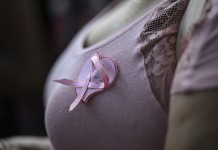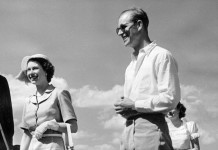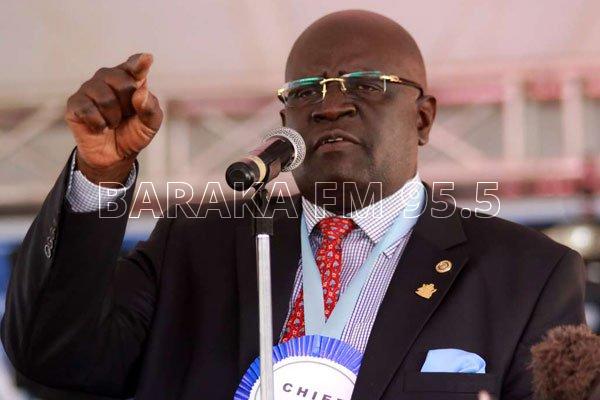
Mombasa, KENYA: Cardiac Rehabilitation Programs have proven to effectively improve the health of people and doctors all over the world have said it is equally safe and effective for men and women.
Mombasa residents will finally get access to this program, this is after the first Cardiac Rehabilitation Program was officially launched at Aga Khan hospital, Mombasa on Friday.
The Head of Cardiology at Aga Khan Hospital Dr. Jamal Nassidur defines Cardiac Rehabilitation Program as a supervised program where one does exercise training designed to help him or her recover from cardiovascular diseases such as heart attacks and prevent future attacks.
Cardiovascular diseases generally refer to conditions that involve narrowed or blocked blood vessels that can lead to a heart attack, chest pain or stroke.
“Its more to exercise training as you spend so much time with the team who take up more time to educate you on taking certain lifestyle changes.” Says Dr. Nassidur.
The main aim is to restore a person’s cardiac health so that he or she can resume normal activities. Also, to identify and treat cardiovascular factors.
Dr. Nassidur adds that studies have shown that Cardiac Rehabilitation Programs have shown 25% reduction of Cardiovascular mortality rates.
How Cardiac Rehabilitation program works
Fatma Kibwana the Rehab Manager at Aga Khan hospital says the program begins as soon as a patient is medically stable after a cardiac event diagnosis or procedure and typically has three phases.
Fatma says they realized a lot of people after being treated are told to do exercises but are not sure which type of exercises to do.
“This programs has machines that records one’s pressure, heart beat and your energy levels as one exercises and so we are able to detect changes in your body and advise your doctor accordingly. We are also able to design the right exercise program that your body requires.” She says.
She adds that during the first phase after a patient has visited the cath lab and diagnosis has been made, the rehab team visits the patient at the ward and advice him or her on certain lifestyle changes.
Thereafter, they begin simple exercises such as sitting in bed and performing range of motion exercises that are intended to help maintain muscle tone and flexibility.
In the second phase after hospital discharge, the patient begins Outpatient Cardiac rehabilitation which involves supervised exercise, education and psychological support.
The patients are then tested to determine how able they are to exercise, then participate in aerobic as well as strength training.
In the final phase, patients at this stage regain independence after supervised rehabilitation, they then schedule periodic visits with the rehabilitation team to reinforce these changes and advice them accordingly on the level and type of exercise to do.
According to Peter Osoo a cardiac rehabilitation specialist at the facility, at the moment they have four different machines that are fitted with monitors that check pressure, heart and the level of oxygen in the body during exercise; which he says is very important mostly to patients who have undergone heart operations.

He adds that the program is designed to cater for rehabilitative and preventive therapy.
“If one doesn’t have a heart condition and wants to be on the safer side we put him or her on the preventive therapy. We do an exercise tolerance testing so that we know the level of exercise the heart can take. We advise him or her accordingly on the level of exercise they can take when they visit gyms back at home.” says Peter Osoo.
Benefits of Cardiac Rehabilitation program
According to Dr. Jamal Nassiduri some of the benefits of Cardiac Rehabilitation program includes: decreased severity of angina, decreased need for medicines to control angina, reduced need for hospital stays and emergency room visits for heart problems, decreased blood pressure, reduced shortness of breath and fatigue in people with heart failure and ability to exercise longer (increased exercise tolerance).
Also, patients get improved cholesterol and triglyceride levels.
Some of the psychological benefits include; reduced emotional stress, depression, anxiety and also the patient gets to join support groups that cater for emotional well being..
He also adds that also one experiences significant weight loss when exercise is combined with other changes in lifestyle, such as eating a balanced diet.
However, he advises that patients get advice from their doctors before embarking on the program.












